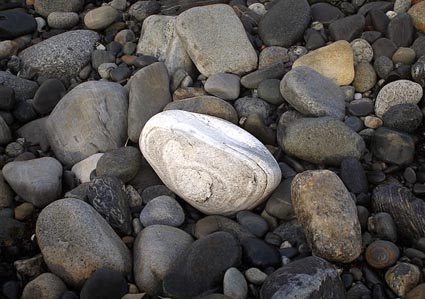Facebook – John Paul Caponigro's Alumni

Want to connect with other alumni on Facebook?
Join John Paul Caponigro’s Alumni Facebook Group today.
Share your stories, get feedback, learn, make new friends.

Want to connect with other alumni on Facebook?
Join John Paul Caponigro’s Alumni Facebook Group today.
Share your stories, get feedback, learn, make new friends.

Share your images and feedback with other alumni.
Join John Paul Caponigro’s Alumni Group on Flickr.
When you post your images they’ll be shared in the image cloud above.

Get inspiring creativity quotes.
Follow me on Twitter.
You can even sign up there for the RSS feed and read them in your Google Reader.

What’s the first thing that comes to mind when you see blue?
Comment here!
Then read more and find other viewer’s responses.

” … The change from one moment to another was dramatic. Bright sun. Shadow. And, to my surprise, there was a beautiful quality of diffuse light when the sun was struck by the edges of each cloud. Some clouds were thicker than others. Every moment was different. I started to interact with the light. I used a white sheet as a diffuser, a large piece of foam core as a cool reflector, and a warm gold reflector. I played for hours, simply enjoying the light. I intended to come back with three exposures. I came back with dozens. In the end, I used two. But my understanding of light and my experience of light had completely changed from that moment forward. And, what I thought might be an isolated image turned out to be a whole series of images. Process is important when it informs the work; it becomes a part of the final product. Process is even more important when it informs you; it becomes a part of you. Fully engaging the process and the subject changed me. That changes the image. That changes what you see. That’s the chance we take as artists. We dare to be changed. It’s a chance well worth taking.”
Read more here.
Learn this technique in my field workshops.

